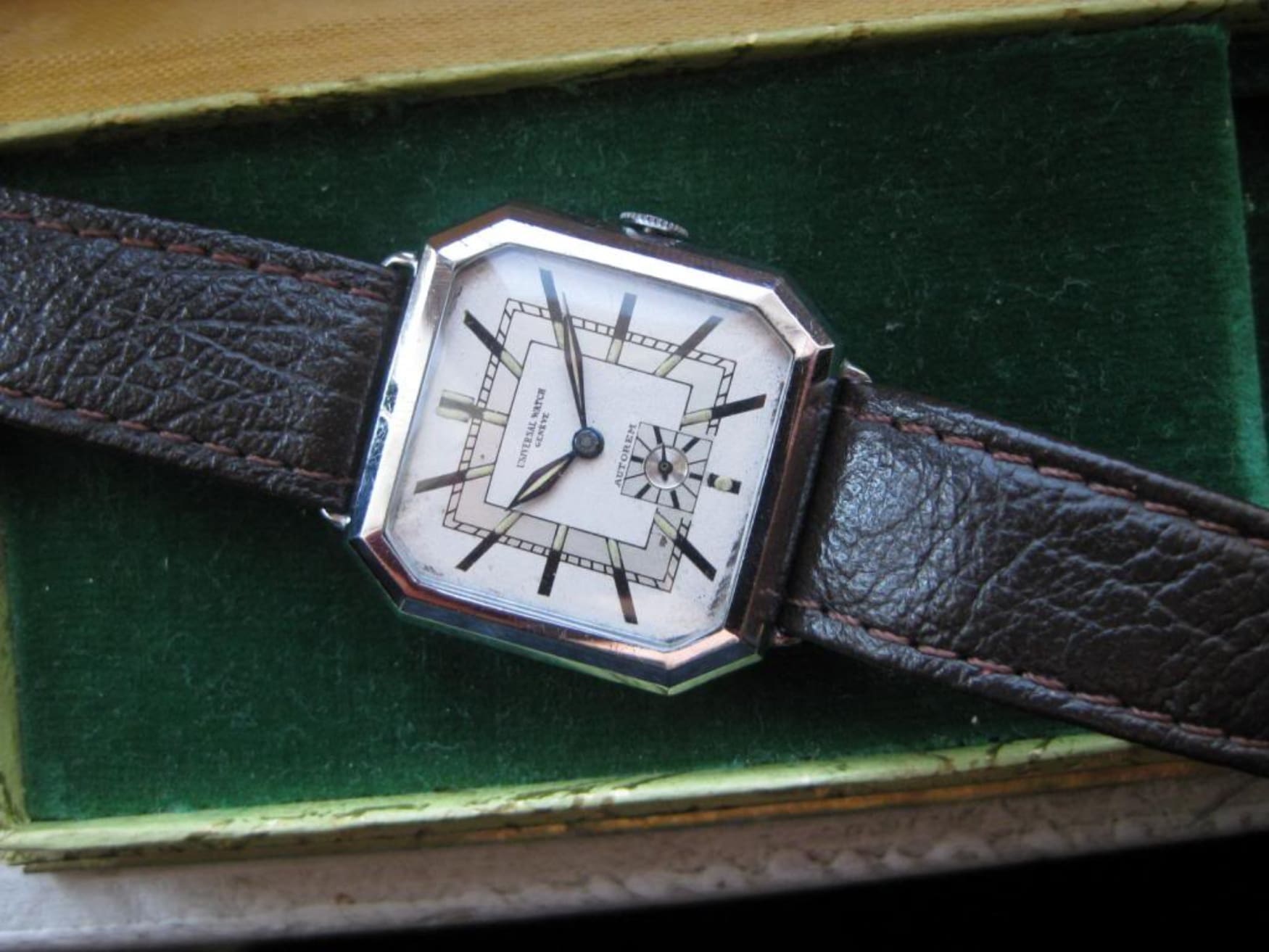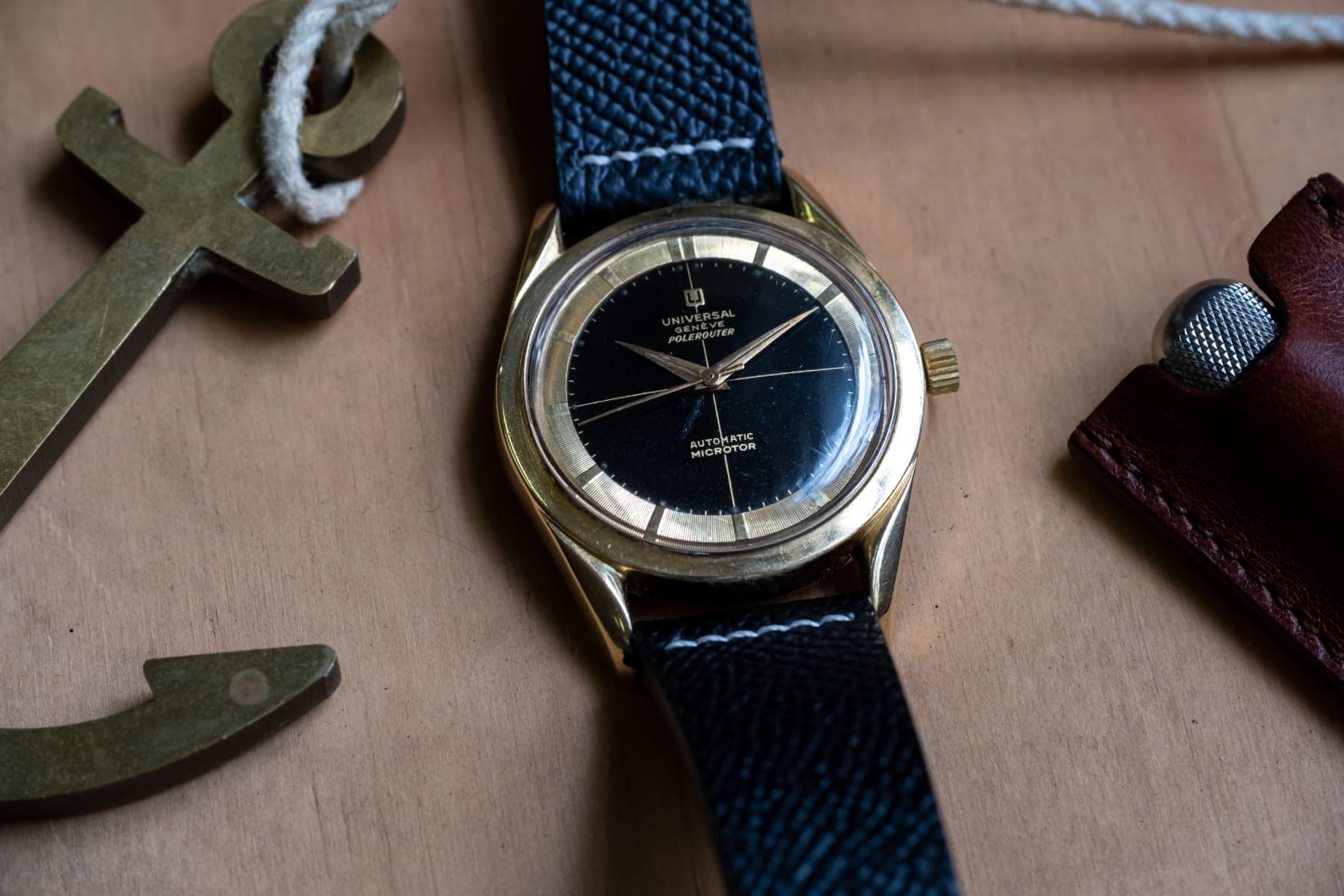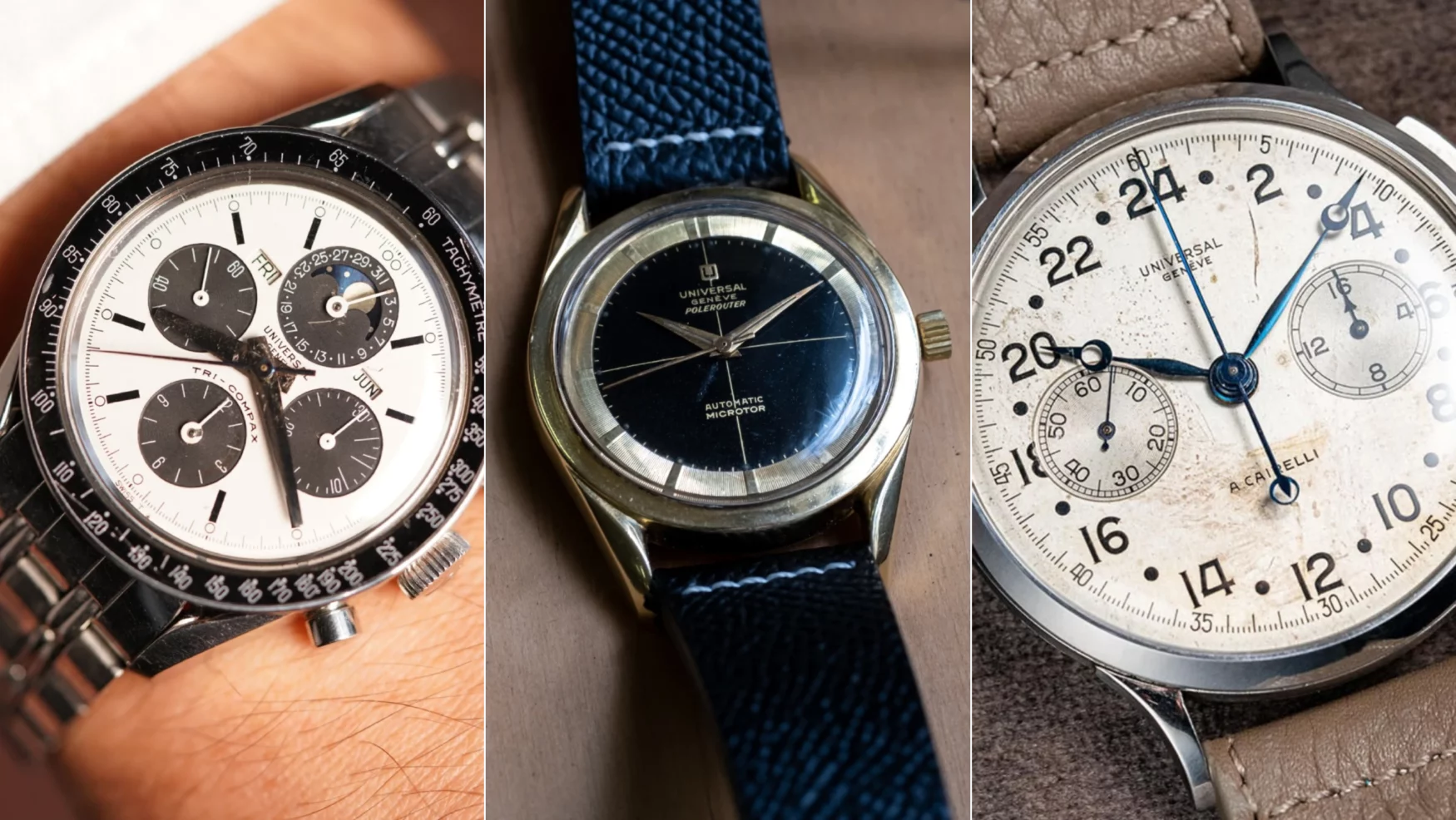WHAT IF… Universal Genève was revived?
Borna BošnjakUniversal Genève’s story is one of the highest of highs and lowest of lows. The brand experienced fruitful periods for much of its lifetime, only to become a victim of several unsuccessful post-quartz crisis revivals. Multiple star athletes, musical icons and toppled dictators all sported Universal Genève watches in some capacity, a few becoming heroes in WIS folklore, with their names becoming synonymous with particularly prominent models. For a brand with such an expansive heritage of innovation and pop culture relevance, it’s frankly surprising that it’s not around today, or at least not in the capacity enthusiasts would like it to be. Universal Genève’s current dormancy, if you will, isn’t for lack of trying (more on that later), but what if one of these revival attempts actually worked?
Rich history

Though the brand was founded in Le Locle in 1894, it was relocated to Geneva in 1919, producing components rather than completed watches. After the passing of co-founder Numa-Emile Descombes in 1897, co-founder Ulysse Georges Perret and new hire Louis Edouard Berthoud began producing pocket and trench watches that were widely used in World War I.

Other designs followed, like the octagonal Auto-Rem, which was the brand’s first self-winding watch, and the Cabriolet, which served as inspiration for future releases. These early creations are not what defined the brand, however.

That honour belongs to the chronograph – a watch style that defined Universal Genève throughout the 30-year period between 1930 and 1960. The Compur was the watch that started it all, presented at the Basel Fair in 1934, the same year that Breitling introduced their two-pusher chronograph. Cased in a 36mm steel case, the Compur was powered by a movement likely conceived by the Martel Watch Company.

The most collectible Universal Genève from the period, and likely the most collectible one, period, has to be the split-seconds A. Cairelli. Oversized at 44mm, these military-inspired 24 hour-dialled and split seconds-equipped giant was retailed by Italian dealer A. Cairelli, featuring a funky 16-minute totalizer and reportedly produced in as few as 50 examples, total.

Martel would become fully absorbed by Zenith by 1960, effectively ending their supply to Universal Genève, forcing the brand to swap to Valjoux supply. That didn’t really impact the brand in the grand scheme of things, with two of their most-respected pieces being introducing in the 1970s. The Compax “Nina” and Tri-Compax “Clapton” were named after fashion and motorsport icon Nina Rindt and one of the most influential guitarists of all time, Eric Clapton, respectively.
Universal Genève had their fair share of famous aficionados, including Ayrton Senna who even had a limited edition named after him posthumously, with the proceeds benefitting an anti-poverty charity. Of the more infamous “celebrities” that appreciated the Genevan brand, Saddam Hussein, Hermann Göring and Donald Trump score highly, with the Iraqi president customised with his likeness and given as gifts. I’d be happy to let that part of UG history stay history.

Universal Genève was also apparently responsible for shaping one of the most influential watch designers of the 20th century – anyone ever heard of this Gérald Genta guy? Apparently, he designed the UG Shadow and Polerouter at the budding age of 23. Wonder what he ended up doing…
Downfall, and the state of things

Unlike many other brands that fell victim to the quartz crisis, the Genevan brand moved its focus onto quartz. Sourcing Accutron movements introduced by Bulova in the 1960s, Universal Genève made the best of the American-made calibres by refinishing any non-Swiss parts – just look at that cute UG x Accutron logo merge on this Unisonic.

Unfortunately, this wasn’t enough. The brand was decimated by dwindling support due to high prices and the quartz focus, even after shifting their attention to the East Asian market where their popularity was at its highest.

The pieces produced during this period were mostly uninspiring, despite trying to find some inspiration from early UG Roadster pieces, as seen from the awfully named Golden Janus above. While attempts were made at micro-rotor-powered revivals by Stelux Holdings, the brand slowly dwindled into obscurity.
But what if..?

There are plenty of brands that have gone through some form of a revival process – whether as Kickstarter-style vintage re-issues a la Guillaume Laidet’s Nivada Grenchen, Vulcain, and Excelsior Park, or the ultra high-end escapades like Ferdinand Berthoud. In my opinion, Universal Genève is the best brand that’s still waiting to be taken care of properly, regardless of the way its done, and the Polerouter and Big Eye are the best candidates for this.
We’ve already seen that this could be a successful formula – just think back to the Massena LAB Uni-Racer or Baltic’s MR01. The demand is there, we’ve just got to wait and see who has the guts to take it to the next level. Or money. Lots and lots of money. Sigh…





